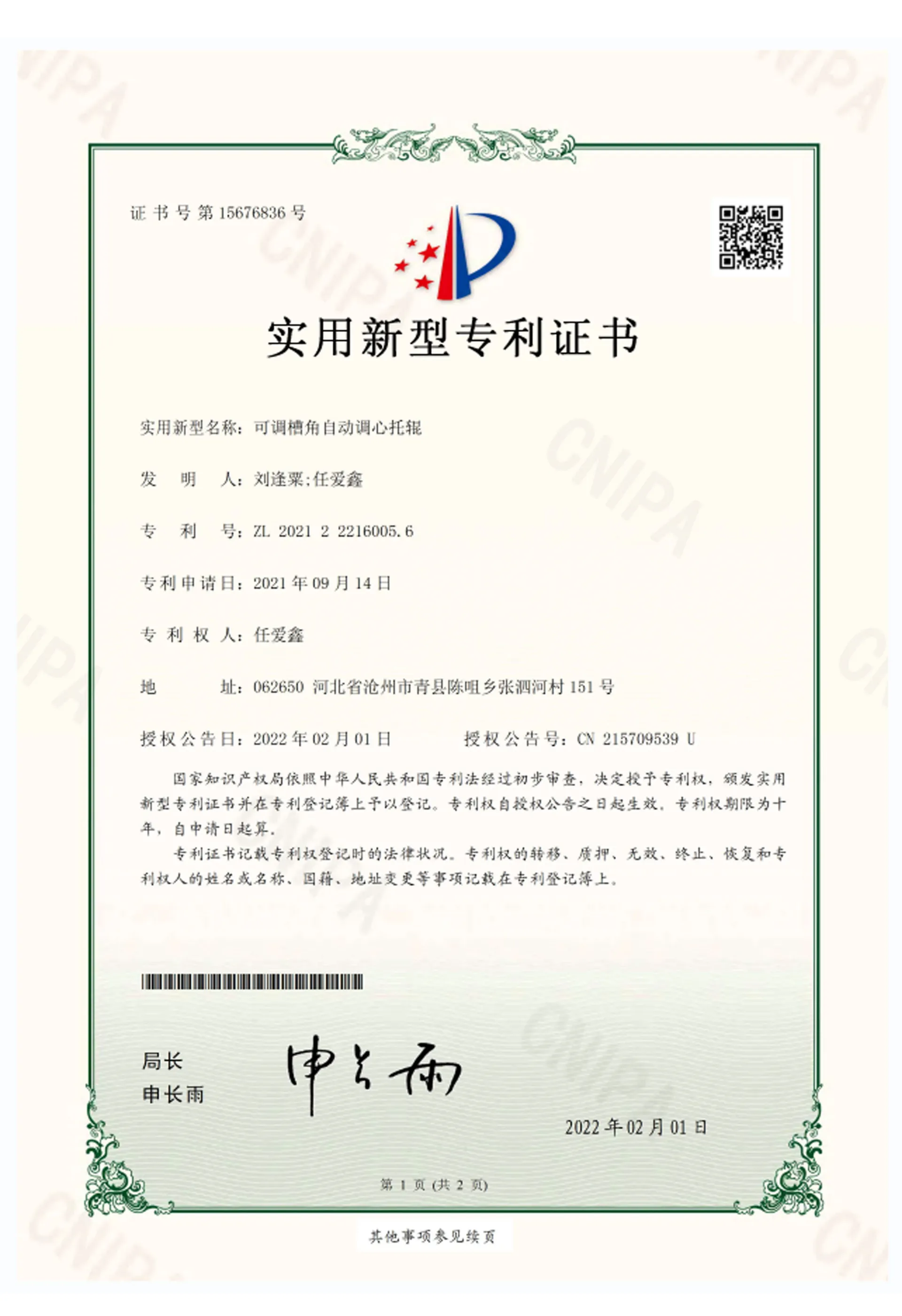 Afrikaans
Afrikaans  Albanian
Albanian  Amharic
Amharic  Arabic
Arabic  Armenian
Armenian  Azerbaijani
Azerbaijani  Basque
Basque  Belarusian
Belarusian  Bengali
Bengali  Bosnian
Bosnian  Bulgarian
Bulgarian  Catalan
Catalan  Cebuano
Cebuano  Corsican
Corsican  Croatian
Croatian  Czech
Czech  Danish
Danish  Dutch
Dutch  English
English  Esperanto
Esperanto  Estonian
Estonian  Finnish
Finnish  French
French  Frisian
Frisian  Galician
Galician  Georgian
Georgian  German
German  Greek
Greek  Gujarati
Gujarati  Haitian Creole
Haitian Creole  hausa
hausa  hawaiian
hawaiian  Hebrew
Hebrew  Hindi
Hindi  Miao
Miao  Hungarian
Hungarian  Icelandic
Icelandic  igbo
igbo  Indonesian
Indonesian  irish
irish  Italian
Italian  Japanese
Japanese  Javanese
Javanese  Kannada
Kannada  kazakh
kazakh  Khmer
Khmer  Rwandese
Rwandese  Korean
Korean  Kurdish
Kurdish  Kyrgyz
Kyrgyz  Lao
Lao  Latin
Latin  Latvian
Latvian  Lithuanian
Lithuanian  Luxembourgish
Luxembourgish  Macedonian
Macedonian  Malgashi
Malgashi  Malay
Malay  Malayalam
Malayalam  Maltese
Maltese  Maori
Maori  Marathi
Marathi  Mongolian
Mongolian  Myanmar
Myanmar  Nepali
Nepali  Norwegian
Norwegian  Norwegian
Norwegian  Occitan
Occitan  Pashto
Pashto  Persian
Persian  Polish
Polish  Portuguese
Portuguese  Punjabi
Punjabi  Romanian
Romanian  Russian
Russian  Samoan
Samoan  Scottish Gaelic
Scottish Gaelic  Serbian
Serbian  Sesotho
Sesotho  Shona
Shona  Sindhi
Sindhi  Sinhala
Sinhala  Slovak
Slovak  Slovenian
Slovenian  Somali
Somali  Spanish
Spanish  Sundanese
Sundanese  Swahili
Swahili  Swedish
Swedish  Tagalog
Tagalog  Tajik
Tajik  Tamil
Tamil  Tatar
Tatar  Telugu
Telugu  Thai
Thai  Turkish
Turkish  Turkmen
Turkmen  Ukrainian
Ukrainian  Urdu
Urdu  Uighur
Uighur  Uzbek
Uzbek  Vietnamese
Vietnamese  Welsh
Welsh  Bantu
Bantu  Yiddish
Yiddish  Yoruba
Yoruba  Zulu
Zulu Understanding the Mechanics and Applications of Tapered Roller Bearings in Industry
Understanding Tapered Roller Bearings An Overview
Tapered roller bearings are one of the most commonly used types of roller bearings in various industrial applications. Their unique design allows them to accommodate both radial and axial loads, making them crucial for machinery that requires high efficiency and durability. In this article, we will delve into the fundamental aspects of tapered roller bearings, their construction, applications, benefits, and maintenance.
Construction of Tapered Roller Bearings
Tapered roller bearings consist of an outer ring, an inner ring, a cage (or separator), and tapered rollers. The key feature of this design is the tapering of the rollers and the raceways. The tapered surface allows the lines of action to converge at a common point, which helps in distributing the load evenly across the entire surface area of the contact. This design not only enhances performance but also minimizes friction, increasing the operational efficiency of the bearing.
The inner ring and the tapered rollers are also made to facilitate easy assembly and disassembly, allowing for straightforward maintenance and replacement. The rollers have a larger diameter on one side, which enables them to fit snugly against the raceways, reducing the chances of slippage during operation.
Applications of Tapered Roller Bearings
Tapered roller bearings are incredibly versatile and are utilized in a wide range of industries. Their primary applications include
1. Automotive Industry These bearings are widely used in vehicles, particularly in wheel hubs, transmissions, and differentials. Their ability to handle both radial and axial loads makes them ideal for automotive applications where mixed loading conditions are prevalent.
2. Industrial Machinery In various industrial settings, tapered roller bearings are employed in machine tools, conveyor systems, and construction equipment. They play a vital role in ensuring the smooth operation of heavy machinery that frequently undergoes substantial loads.
3. Aerospace The aerospace industry employs tapered roller bearings in aircraft engines and landing gear assemblies, where reliability and precision are critical. The ability of these bearings to withstand high speeds and extreme temperatures makes them suitable for aviation applications.
4. Railways Tapered roller bearings are also extensively used in railway applications, such as wheelsets and axle boxes. Their durability and ability to maintain performance under heavy loads make them a preferred choice for rail transport.
Benefits of Tapered Roller Bearings
There are several advantages to using tapered roller bearings, which include
tapered roller

1. Load Capacity The design of tapered roller bearings allows them to handle substantial radial and axial loads, making them suitable for heavy-duty applications.
2. Reduced Friction The tapering design minimizes friction between the rollers and the raceways, leading to enhanced efficiency and reduced heat generation during operation.
3. High Speed Capability Tapered roller bearings can operate at high speeds while maintaining stability, which is essential in many industrial applications.
4. Versatility These bearings can be used in a variety of settings, from automotive to aerospace, demonstrating their universal applicability.
5. Ease of Maintenance With their straightforward assembly and disassembly, tapered roller bearings simplify maintenance tasks, making it easy to replace or service them when necessary.
Maintenance of Tapered Roller Bearings
To ensure a long service life for tapered roller bearings, proper maintenance is crucial. Here are some tips for upkeep
1. Regular Inspection Periodically checking for signs of wear, corrosion, or misalignment can help identify potential issues early.
2. Proper Lubrication Using the right type and amount of lubricant minimizes friction and protects against wear. Regularly inspect lubricant levels and replace them as needed.
3. Monitoring Operating Conditions Keeping track of temperature and load conditions can prevent premature failure. Ensure that the bearings are operated within their specified limits.
4. Alignment Ensuring that the bearings are installed correctly and are aligned properly reduces stress and helps extend their lifespan.
In conclusion, tapered roller bearings play a vital role in various industrial applications due to their unique ability to handle both radial and axial loads efficiently. With their robust design, versatility, and ease of maintenance, they continue to be a crucial component in the machinery that powers our modern world. Understanding their construction, applications, and maintenance practices can help to maximize their performance and longevity, ultimately leading to greater operational efficiency and lower costs.
-
Revolutionizing Conveyor Reliability with Advanced Rubber Lagging PulleysNewsJul.22,2025
-
Powering Precision and Durability with Expert Manufacturers of Conveyor ComponentsNewsJul.22,2025
-
Optimizing Conveyor Systems with Advanced Conveyor AccessoriesNewsJul.22,2025
-
Maximize Conveyor Efficiency with Quality Conveyor Idler PulleysNewsJul.22,2025
-
Future-Proof Your Conveyor System with High-Performance Polyurethane RollerNewsJul.22,2025
-
Driving Efficiency Forward with Quality Idlers and RollersNewsJul.22,2025





























